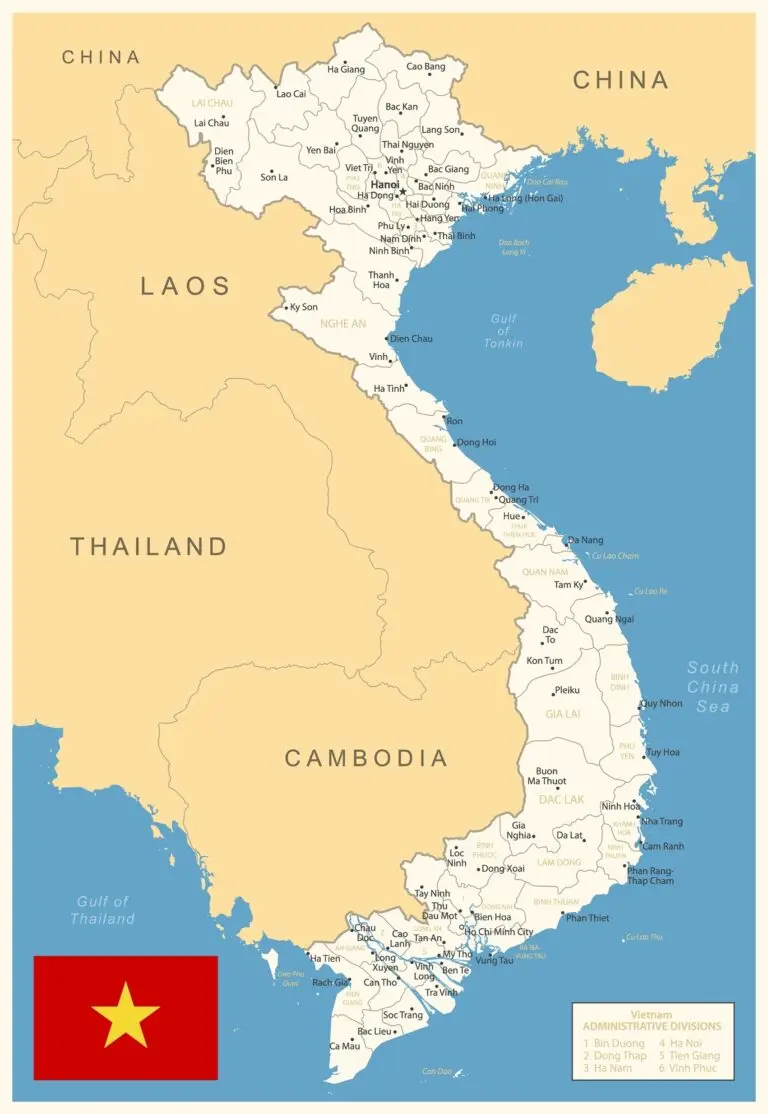Vietnam War

Table of Contents
Vietnam War Overview
The Vietnam War, also known as the Second Indochina War, was a conflict that took place in Vietnam, Laos, and Cambodia from November 1, 1955, to the fall of Saigon on April 30, 1975.
It was a complex and controversial military engagement involving the communist government of North Vietnam, supported by the Soviet Union and China, and the non-communist government of South Vietnam, backed by the United States and its anti-communist allies. The war had profound and lasting effects on the United States and the entire region of Southeast Asia
Vietnam War History
The Vietnam War was a conflict that took place in Vietnam, Laos, and Cambodia from November 1, 1955, to the fall of Saigon on April 30, 1975.
The war was a result of the Cold War rivalry between the United States, supporting South Vietnam and its anti-communist government, and the Soviet Union and China, supporting North Vietnam and the communist Viet Cong.
The Gulf of Tonkin Resolution, passed by the U.S. Congress in 1964, granted President Lyndon B. Johnson the authority to use military force in Vietnam without a formal declaration of war.
The war was characterized by guerrilla warfare and a complex network of tunnels used by the Viet Cong, the communist forces in South Vietnam.
The U.S. military involvement escalated significantly in the mid-1960s, with troop numbers reaching over 500,000 by 1969.
The war witnessed the extensive use of helicopters for troop transport, medical evacuation, and combat, earning them a prominent role in military strategy.
The Tet Offensive in 1968, a large-scale surprise attack by North Vietnamese and Viet Cong forces, marked a turning point in public opinion in the United States, leading to increased anti-war sentiment.
The My Lai Massacre in 1968 involved the killing of hundreds of unarmed Vietnamese civilians by U.S. soldiers, leading to widespread outrage and further protests against the war.
The war saw the extensive use of chemical herbicides, including Agent Orange, which caused long-lasting health and environmental consequences, including birth defects and cancers.
The fall of Saigon on April 30, 1975, marked the end of the Vietnam War, with North Vietnamese forces capturing the city and leading to the reunification of North and South Vietnam under communist control.
Related Links
Communism
Korean War
Manhattan Project
Spanish-American War